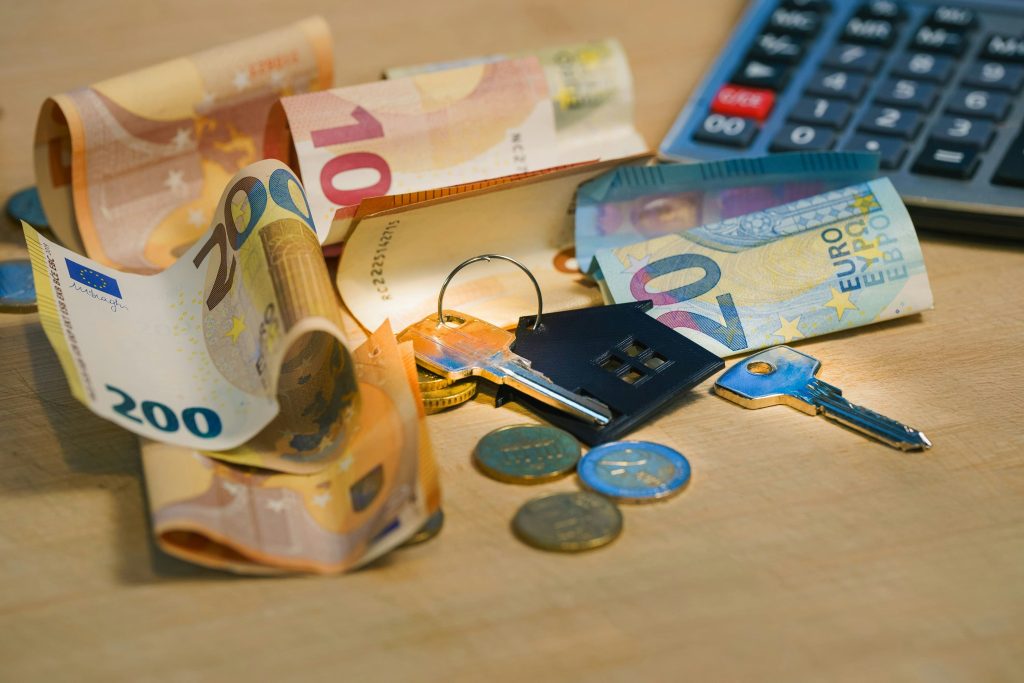EU budget negotiations: need for a healthy and constructive debate

As the negotiations of the 2014-2020 EU multiannual financial framework (MFF) are starting to heat up in view of their finalization in the second half-year 2012, Eulalia Rubio stresses the necessity for a more pragmatic and constructive approach, putting into perspective the main challenges under discussion concerning the EU spending and its financing.
The negotiations of the 2014-2020 EU multiannual financial framework (MFF) are starting to heat up, almost one year after the Commission published its first proposals and in view of their finalization by the end of 2012.
Nobody expected these negotiations to be easy: historically, many of the biggest EU conflicts have been over the budget, and having to negotiate who pays what in the middle of an economic crisis is very difficult. Yet, the first discussion at the ministerial level in the latest General Affairs Council meeting of 27th March was probably worse than expected. To avoid a long and acrimonious negotiation which would have high political costs, it seems necessary to move from dogmatic arguments and entrenched positions to a more pragmatic and constructive approach, based on the following orientations.




